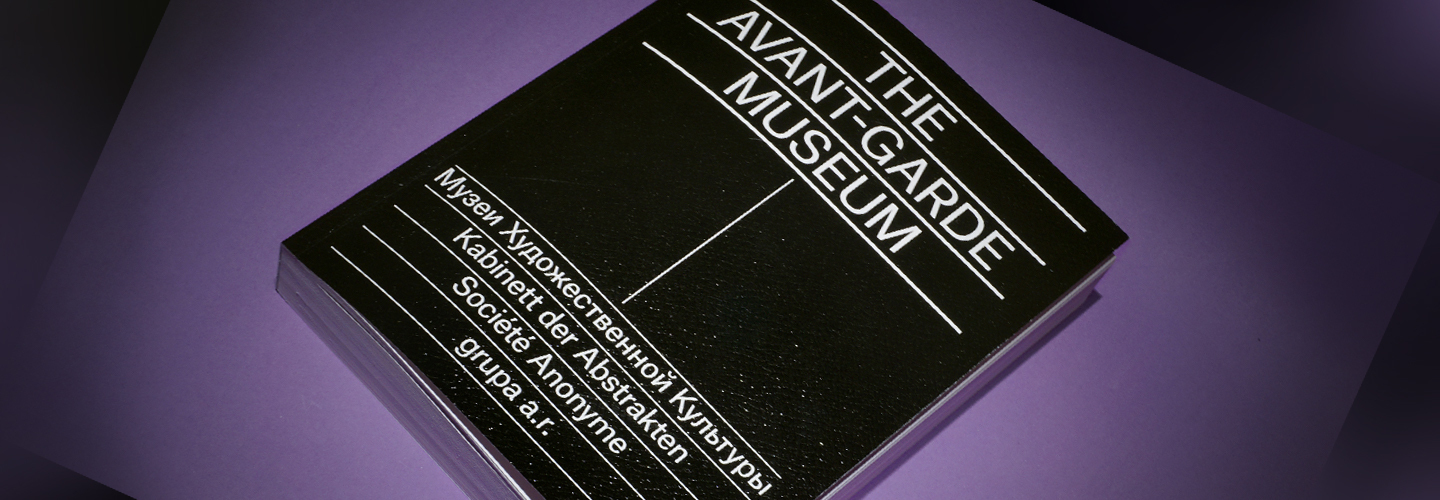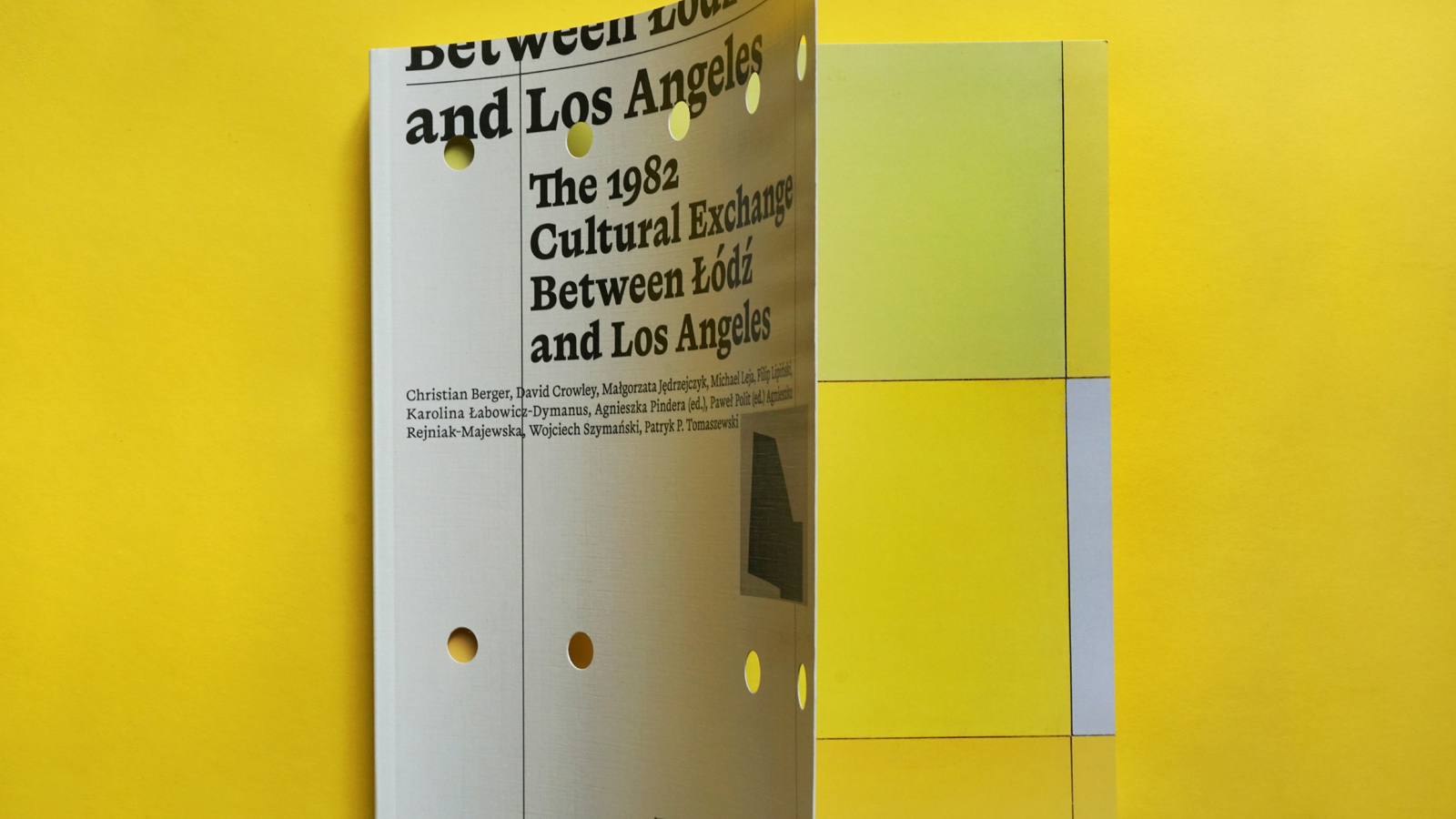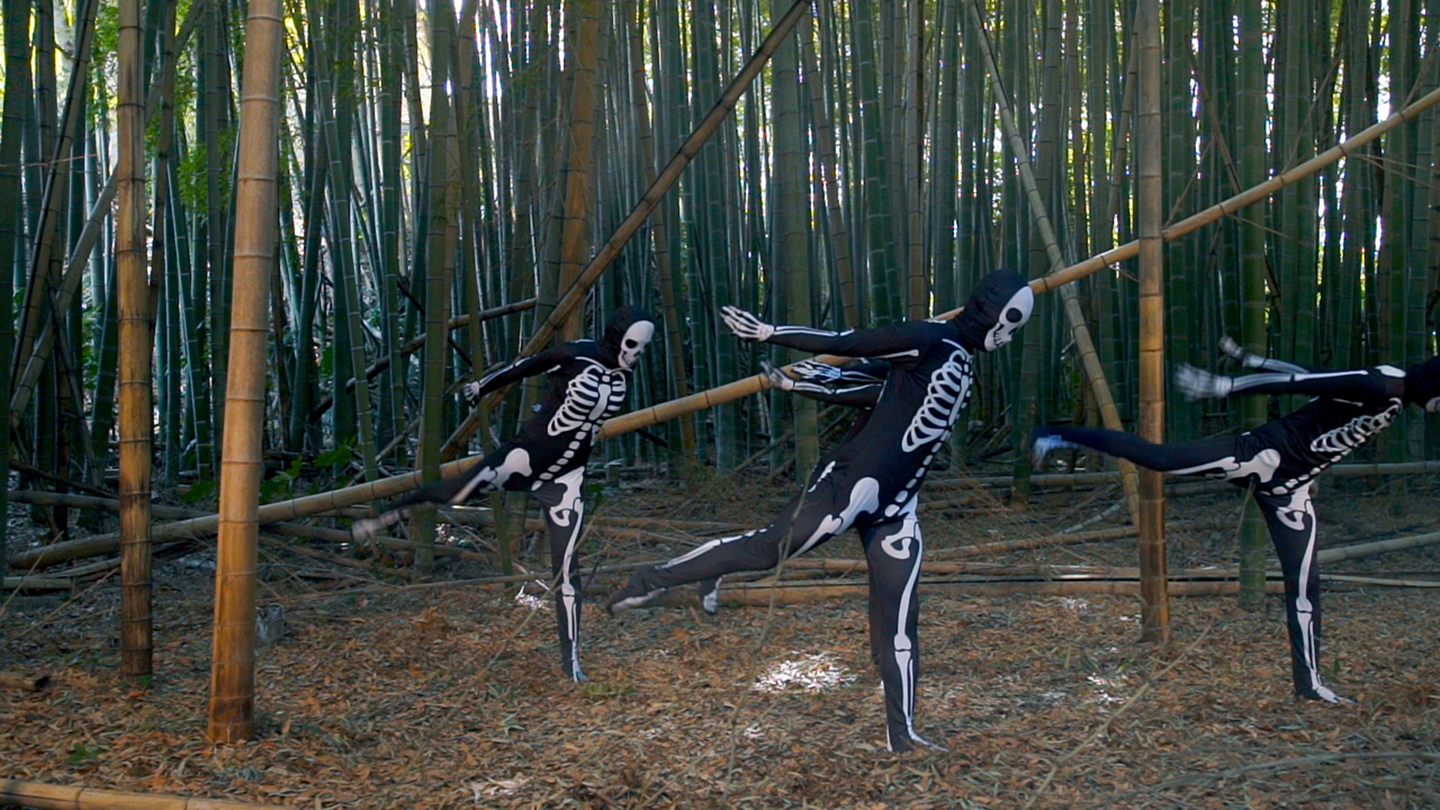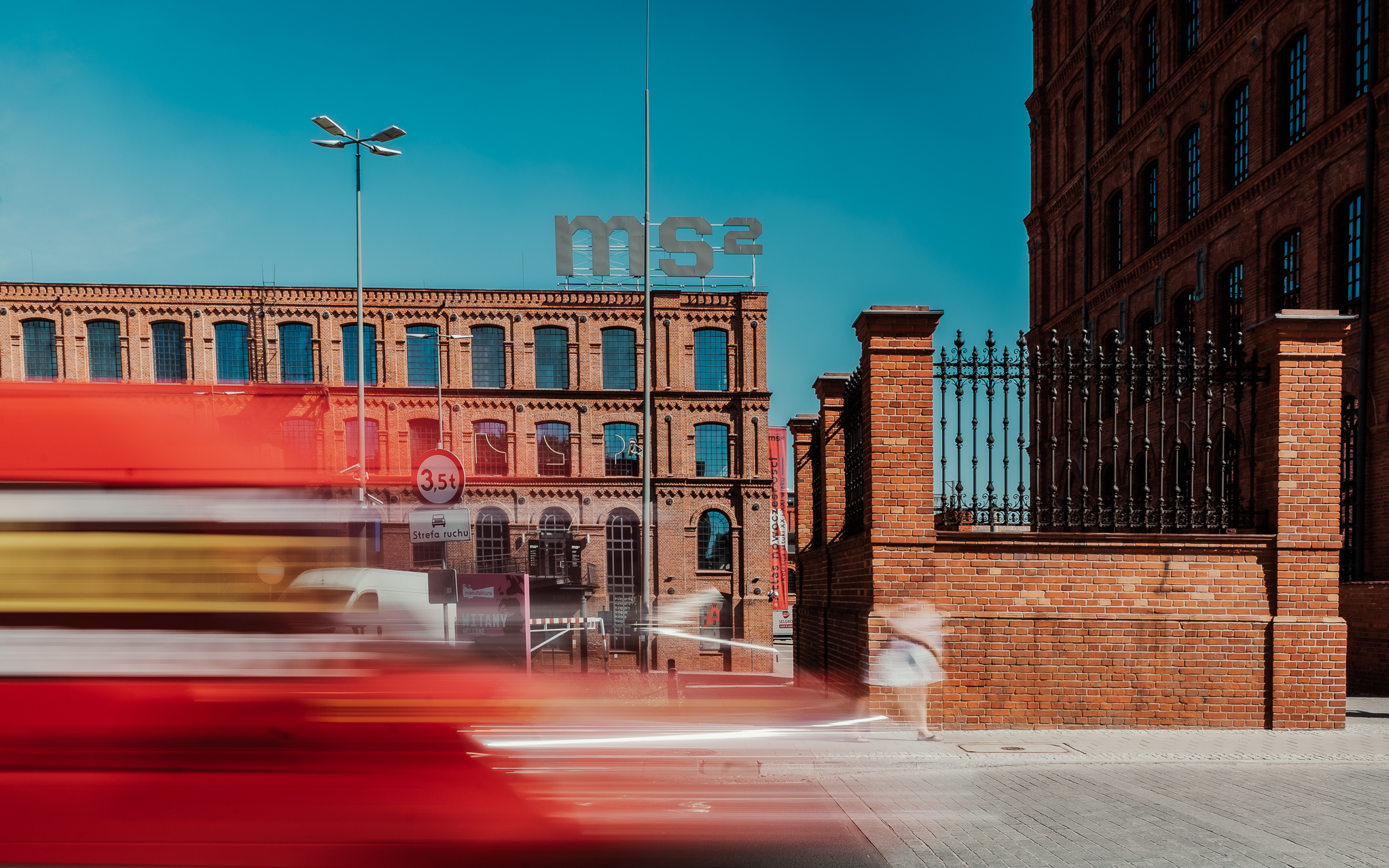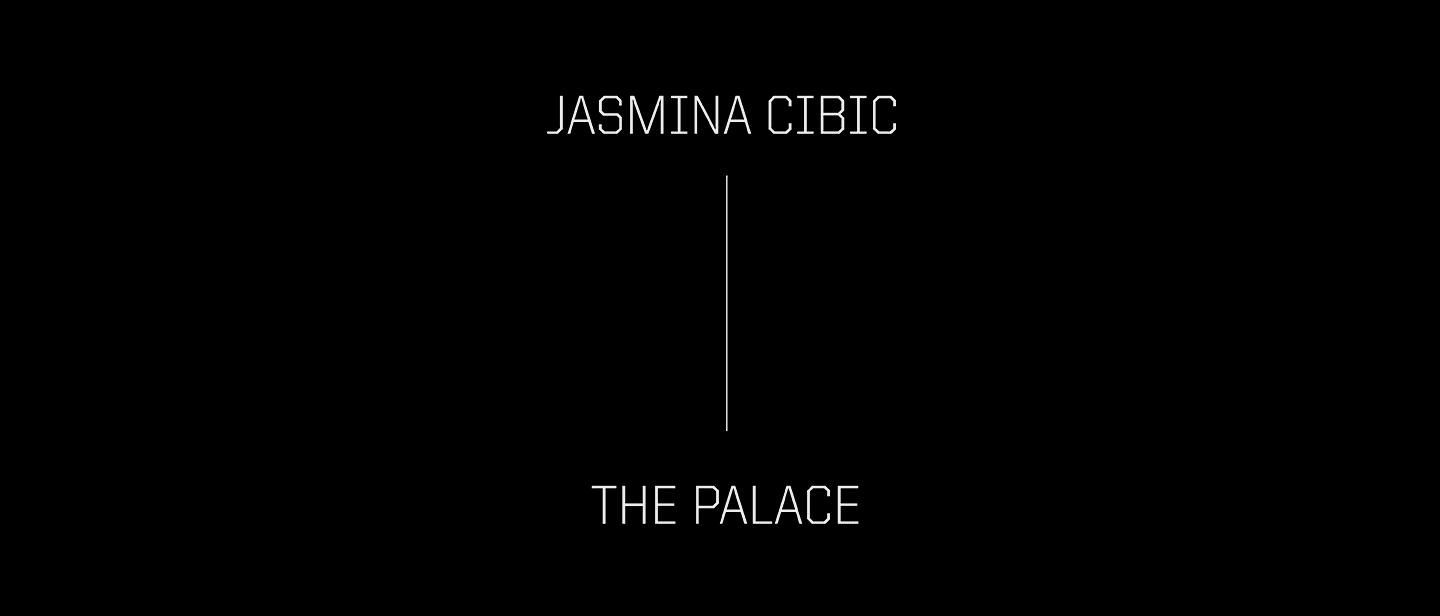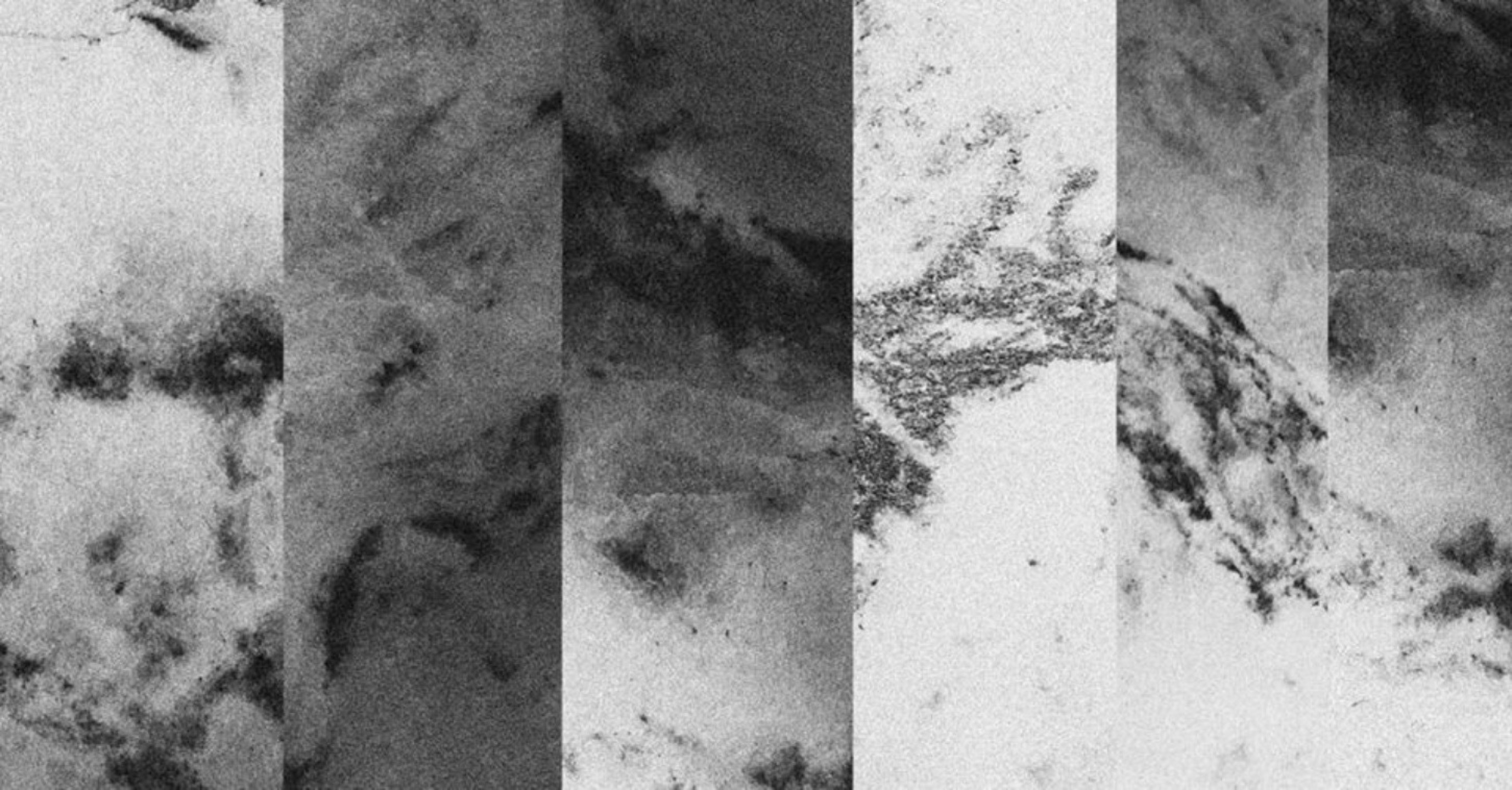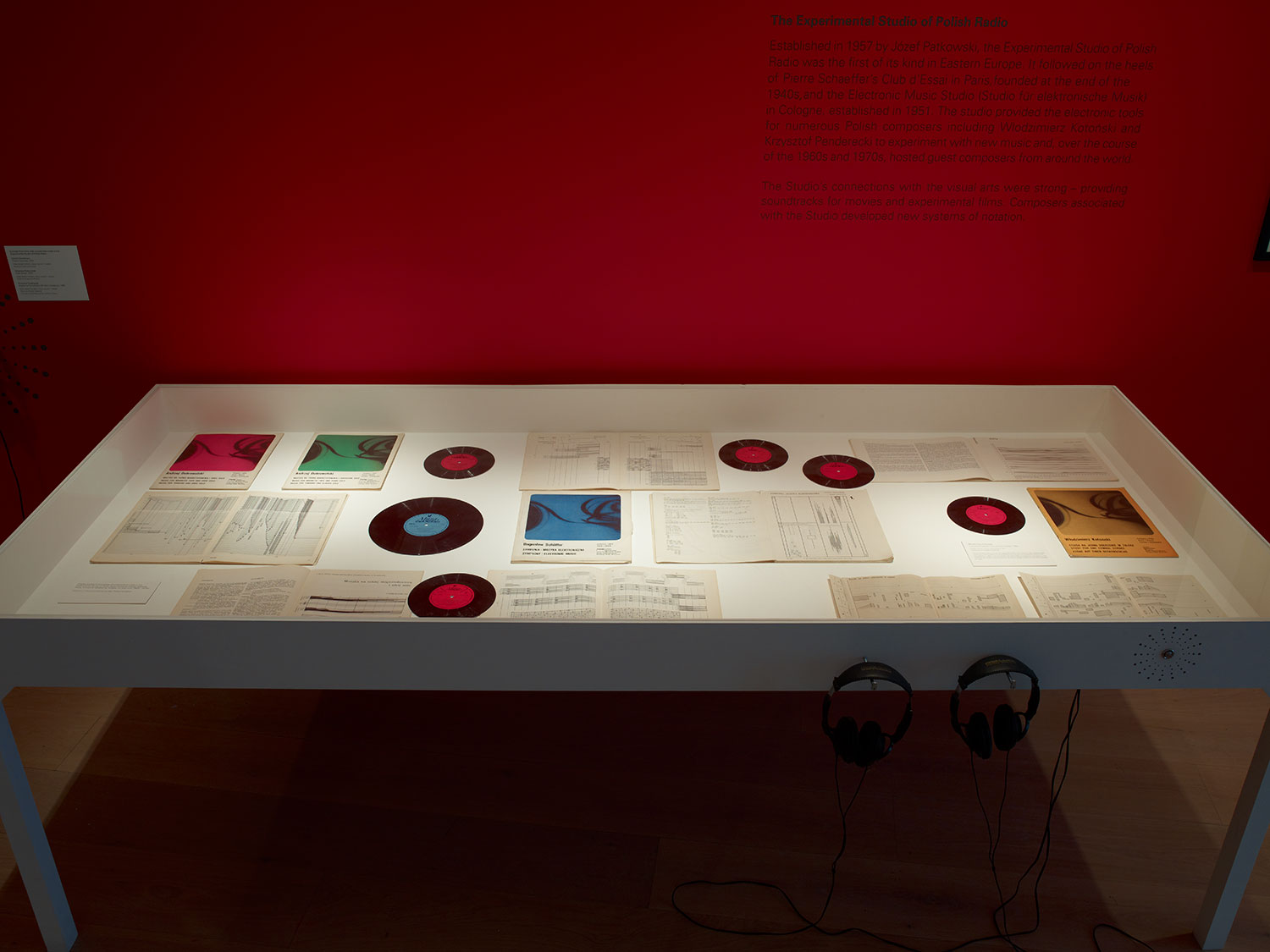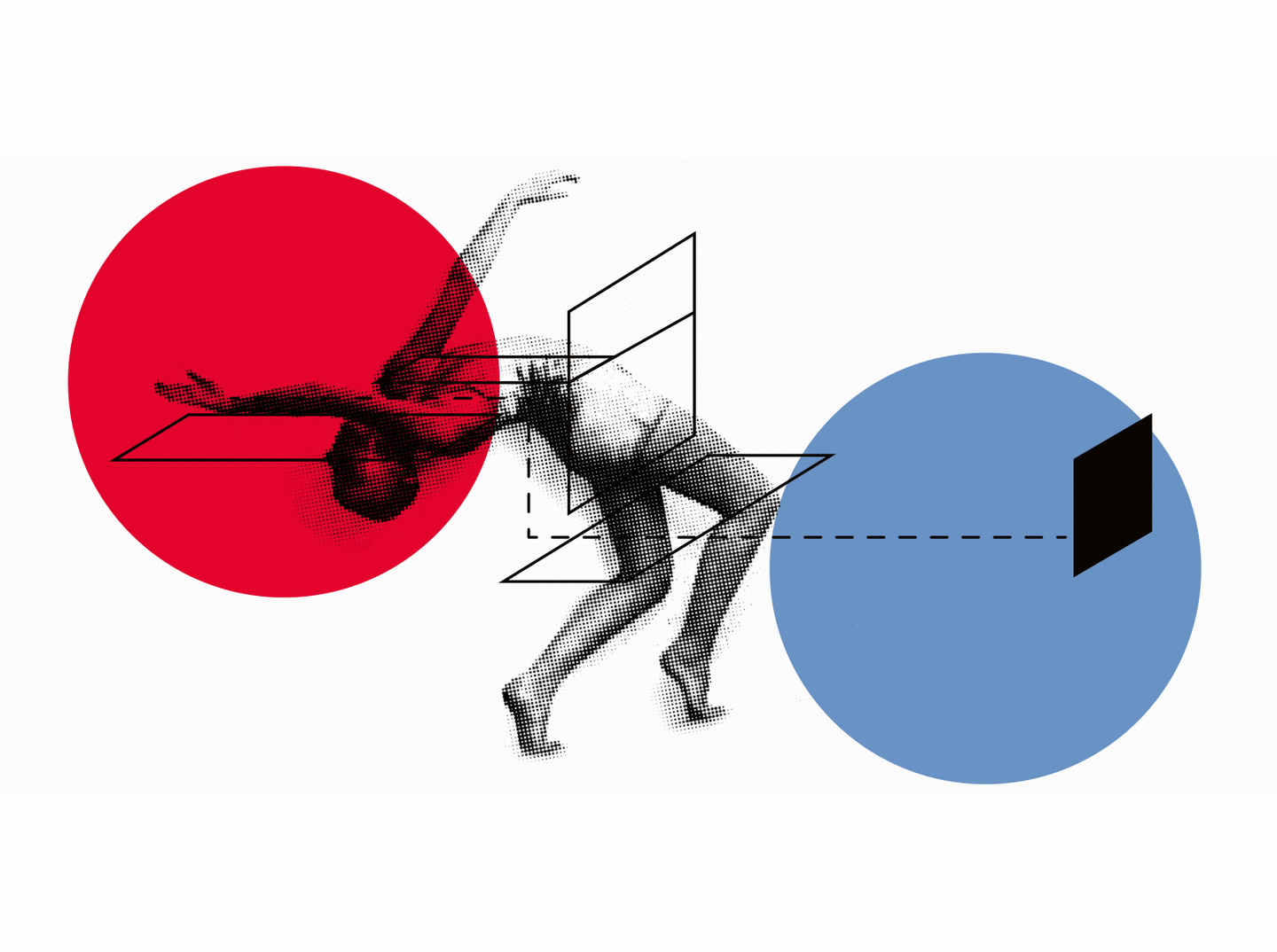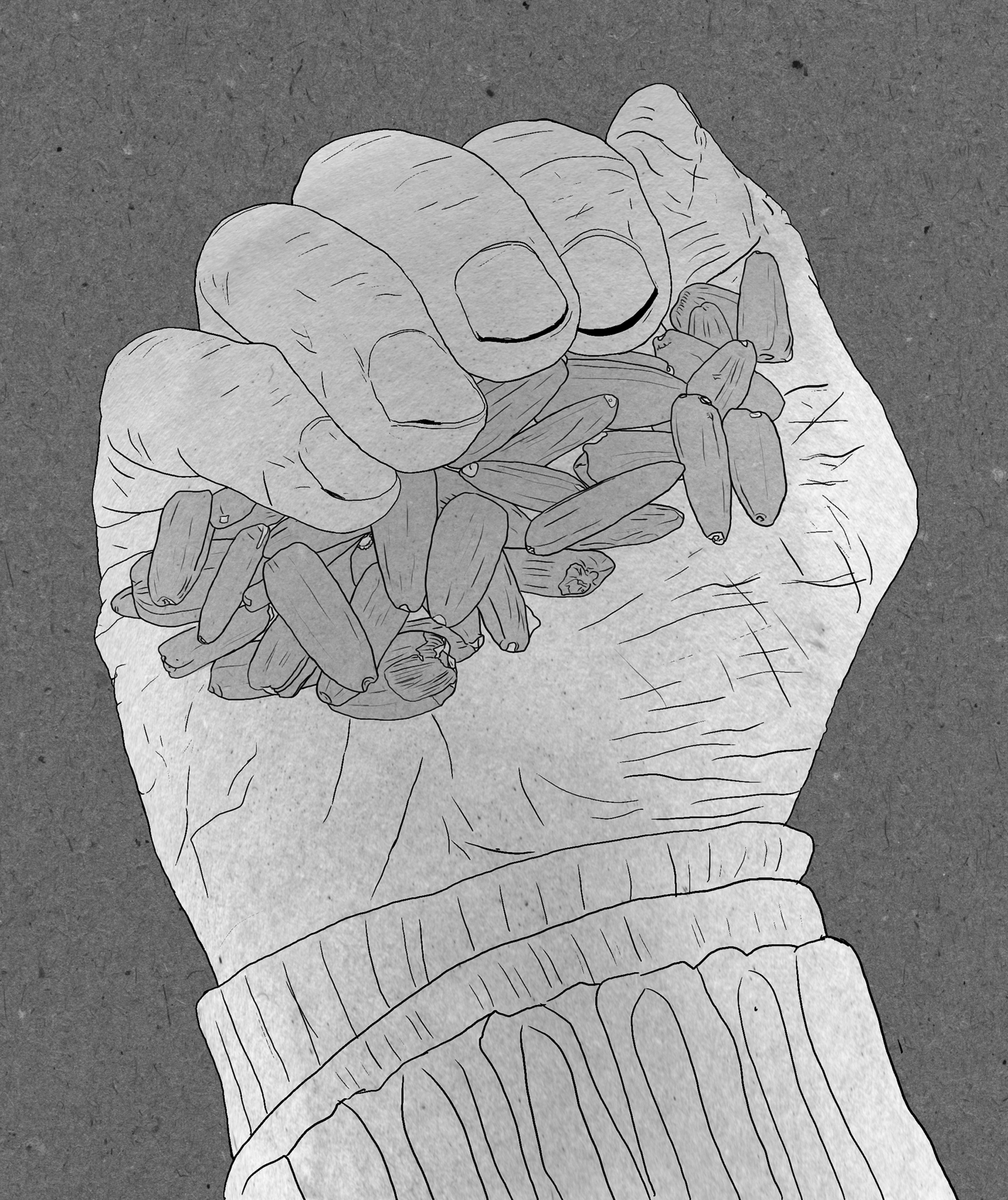Out now: The Avant-Garde Museum
Lodz 90-734
Poland
Hours: Tuesday 9am–4pm
Wednesday–Sunday 12am–6:30pm
The Avant-Garde Museum, edited by Jarosław Suchan and Agnieszka Pindera, is the first study enabling avant-garde auto-institutionalization to be discerned as a separate and specific phenomenon. It puts forward a comparison of several avant-garde (quasi)institutions established between World War I and World War II. What was the motivation behind the desire to create one’s own museum institutions? How were they envisaged? How did they fit into the avant-garde tenet of art as a tool for forging a better future? Furthermore, were there any ideas behind them that can serve as guidelines for museums today? These are the questions posed by the authors of the publication, which is also a preview of the autumn exhibition at Muzeum Sztuki.
The publication consists of materials devoted to four avant-garde museum projects: the network of Museums of Artistic Culture established in post-October Russia, Kabinett der Abstrakten designed by El Lissitzki for the Hanover Provincial Museum in 1927, Société Anonyme Inc. established in New York in the early 1920s, and the International Collection of Modern Art of the "a.r." group opened to the public in 1931 at the city museum in Łódź. Critical studies by eminent researchers dealing with the historical avant-garde are accompanied by a selection of source texts and a rich iconography presenting archival materials and selected works from collections related to the projects in question. The historical and ideological framework of the entire project is outlined in the opening essay written by Jarosław Suchan. It contains a synthetic overview of individual avant-garde ventures, with an emphasis on presenting those that are still not sufficiently known globally, namely, the collection of the "a.r." group. It also provides a comparative analysis of these initiatives and on this basis formulates the characteristics of what we might understand as the very idea of an "avant-garde museum." Each essay presents these quasi-artistic and quasi-museological initiatives in more detail, with specific emphasis being dedicated to both their common features and regional specificity.
The book includes texts by authors such as: Masha Chlenova, Maria Gough, Jennifer R. Gross, Frauke V. Josenhans, Sandra Karina Löschke, Daniel Muzyczuk, Rebecca Uchill, ok group (J. Myers and J. Szupińska), Agnieszka Pindera, Jarosław Suchan, Marcin Szeląg, and Tomasz Załuski.
The publication is part of a larger research project launched in 2017, its culmination will be The Avant-Garde Museum, an exhibition scheduled for autumn 2021.
The publication was released in two language versions—Polish and English (in cooperation with Walther und Franz König Verlag).
From the review by Prof. W. Baraniewski, the Academy of Fine Arts in Warsaw:
"The essays collected in this volume are a comprehensive and intellectually fascinating study of processes that shaped the ideas of new art, its presentation, and cultural agency in the context of avant-garde art programs. The source materials accompanying the essays make up a unique collection of texts dissertations of historical importance."
From the review by Prof. M. Bal, University of Amsterdam:
"With their unique combination of research and museological practice, the team of the Muzeum Sztuki is the best, most qualified group to undertake a historical study that is not a traditional one. As one of the first museums of modern art, and one where that very notion has constantly been questioned, complicated and refined, this museum also stands out by its long-standing experimenting, and research and publication culture. True to the idea of the avant-garde itself, this new collection is both a celebration of innovation and a critical vision of the outcomes of the experiments conducted during those hundred years; a historical overview and a constant consideration of the relevance of the historical insights for today; a vision of the artistic issues and how these relate to the social-political environment—then, now, and in-between."
Co-financed by the Ministry of Culture, National Heritage and Sport of the Republic of Poland as part of the Multi-annual Programme NIEPODLEGŁA 2017–2022
